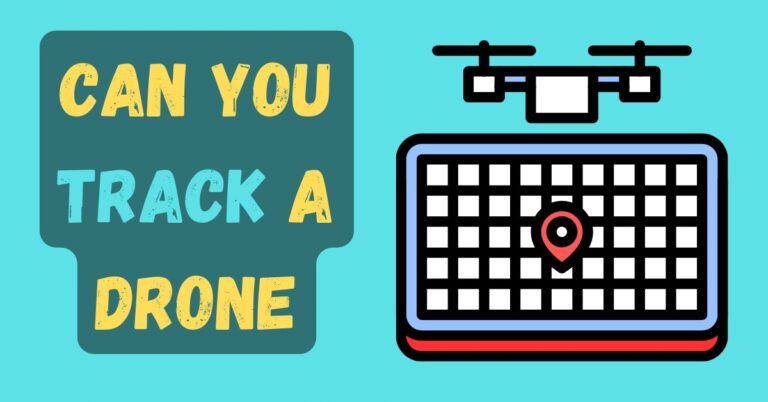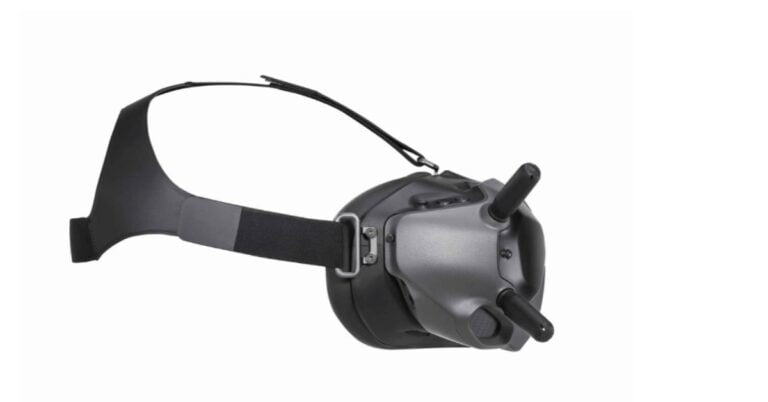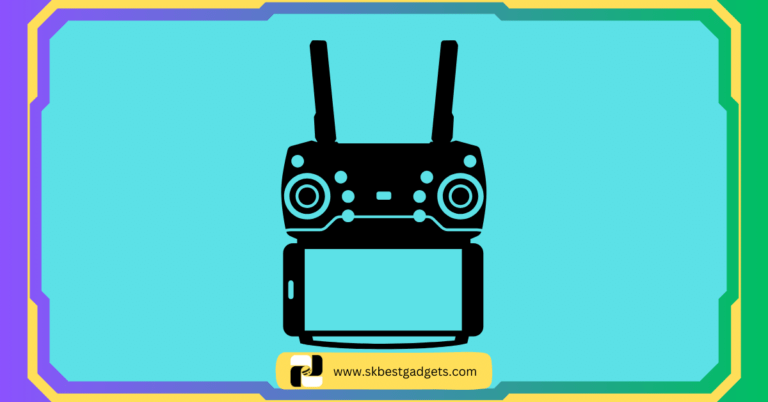Does a Landing Pad Help a Drone Land?

Drones are increasingly becoming an integral part of various industries, from recreational photography to commercial applications like agriculture and logistics.
However, one of the significant challenges drone operators face is ensuring a smooth and safe landing. Landing a drone can often be a complex task due to several factors that affect stability and precision.
Challenges in Drone Landing
Maintaining Stability During Descent
One of the primary challenges is maintaining stability during the descent. Drones need to reduce their altitude gradually and evenly to avoid any sudden impacts that could damage their delicate components, including sensors and cameras.
Achieving Precision in Landing
Precision is another key factor; a drone must land in a specific spot, which becomes particularly challenging in crowded or confined spaces.
Environmental Factors
Environmental factors further complicate drone landings. Wind conditions can destabilize a drone as it descends, making it drift away from the intended landing zone. Additionally, uneven or rough surfaces can pose significant risks.
Landing on an uneven surface can lead to tipping, which can cause the drone to crash or sustain damage. These factors are especially critical for commercial drones that carry expensive equipment or critical supplies.
Wondering Can Air Defense Missiles Effectively Target and Destroy Drones? Let’s explore how these missile defenses stack up against modern drones!
The Importance of Safe Landings
For Recreational Users
Addressing these challenges is crucial for both recreational and commercial drone users. For hobbyists, a safe and controlled landing ensures the longevity of their equipment, allowing for more enjoyable and worry-free flying experiences.
For Commercial Operators
For commercial operators, a smooth landing is essential to maintain operational efficiency and avoid costly repairs or replacements.
Furthermore, precise landings are vital for tasks that require high accuracy, such as package deliveries or agricultural monitoring.
Solutions to Landing Challenges
Given the importance of safe and accurate landings, solutions that mitigate these challenges are highly valued in the drone community.
One such solution is the use of a landing pad, designed to provide a stable and predictable surface for drones to land on.
This article will explore how landing pads can address these challenges and enhance the overall drone landing experience.
Wondering Which DJI Drones Are Waterproof? We can help you choose the right water-resistant model for your needs!
What is a Drone Landing Pad?
A drone landing pad is a specially designed platform that provides a stable and visible area for drones to land.
These pads come in various shapes, sizes, and materials, each tailored to enhance the landing accuracy and safety of drones.
The primary goal of a landing pad is to offer a consistent surface that minimizes the risks associated with uneven terrain, debris, and environmental factors.
Construction and Design
Typically, drone landing pads are constructed from durable materials such as nylon, polypropylene, or PVC.
These materials are chosen for their resilience against wear and tear, as well as their ability to withstand different weather conditions.
The designs often include bright, contrasting colors and patterns to ensure high visibility from the air, aiding pilots in guiding their drones to a precise landing spot.
Types of Drone Landing Pads
There are various types of drone landing pads available on the market, each catering to different needs and preferences.
Simple Foldable Mats
Simple foldable mats are popular among hobbyists and casual users due to their portability and ease of use. These mats can be quickly deployed and folded away, making them convenient for on-the-go drone operations.
Advanced Landing Pads
More advanced landing pads feature integrated lighting systems that illuminate the landing area, making nighttime or low-visibility landings more manageable.
Some high-end landing pads come equipped with GPS integration, providing even greater accuracy and automation for drone landings.
These pads communicate with the drone’s onboard GPS system, enabling it to autonomously navigate to the designated landing spot.
Specialized Features
Certain landing pads are designed with additional features such as wind-resistant stakes and weighted edges to ensure stability in windy conditions.
These enhancements further contribute to the overall effectiveness and reliability of drone landing pads, making them an essential accessory for any drone enthusiast or professional.
Learn more about How Many Blades Should a Drone Have and pick the best fit for your drone in our handy propeller selection guide!
Benefits of Using a Landing Pad
Using a landing pad for drones provides a multitude of benefits that contribute to the overall functionality and longevity of the device.
Protection Against Dirt and Moisture
One of the primary advantages is the protection it offers against dirt, debris, and moisture. Drone landings on unprotected surfaces can lead to the accumulation of dust and grime on the drone’s components, potentially causing malfunctions.
Moisture, especially when landing on wet grass or muddy terrain, can seep into the drone’s internal mechanisms, leading to corrosion and electrical issues. A landing pad creates a clean, stable, and dry surface, mitigating these risks significantly.
Enhanced Landing Accuracy
Another substantial benefit of employing a landing pad is the enhancement of landing accuracy. A designated landing area helps pilots achieve more precise landings, reducing the chances of the drone tipping over or landing unevenly.
This precision is crucial for maintaining the drone’s structural integrity and minimizing wear and tear on its landing gear. Over time, consistent and accurate landings can significantly enhance the drone’s operational lifespan.
Practicality and Usability
Landing pads also offer additional features that enhance their practicality and usability. Many landing pads are designed to be portable and easy to set up, making them convenient for both professional and recreational drone users.
These pads often feature high-visibility colors and patterns, which assist the pilot in identifying the landing zone from a distance, especially in challenging lighting conditions.
No problem connecting your Tello drone! Check out our guide on How to Connect Your Tello Drone.
Comparative Analysis: With and Without a Landing Pad
The use of a landing pad significantly enhances the safety and efficiency of drone operations. Various studies and user testimonials underscore the tangible benefits associated with employing a designated landing area.
Improved Landing Success Rates
For instance, a case study conducted by the Drone Safety Institute revealed that drones landing on specified pads had a 35% higher success rate compared to those landing on unprepared surfaces.
This improvement is largely attributed to the stable and predictable landing environment provided by the pad.
Reduced Damage Incidents
Without a landing pad, drones are susceptible to numerous issues such as uneven terrain, debris interference, and moisture. These factors often lead to hard landings, tipping, or even damage to the drone’s landing gear and sensors.
Experimental data from a study by UAV Experts demonstrated that drones landing on grass or gravel suffered a 20% higher incidence of damage compared to those using landing pads.
Notably, the presence of foreign objects can obstruct the drone’s sensors, potentially causing malfunction or misalignment during critical landing phases.
Enhanced User Experience
Furthermore, the overall user experience is enhanced with the use of a landing pad. Testimonials from experienced drone operators highlight the convenience and reliability that a landing pad offers.
One seasoned pilot noted, “Using a landing pad has not only reduced the wear and tear on my drone but has also given me peace of mind knowing that the landing process will be smooth and controlled.”
This sentiment is echoed by many in the drone community, who appreciate the consistency and reduced risk of damage.
Expert Opinions
Expert opinions also support the use of landing pads. Dr. Jane Clark, an aeronautics engineer, explains, “Landing pads mitigate several environmental variables, providing a controlled and safe spot for drones to land.
This is particularly crucial in areas with unpredictable ground conditions.” Her recommendation is clear: for both novice and professional drone users, incorporating a landing pad into their routine operations is a prudent step towards enhancing both safety and performance.
Thinking of taking flight with a Phantom? Our guide What Are Some Important Things to Know About Operating a Phantom Drone? has you covered!
Conclusion
In summary, the comparative analysis clearly indicates that the use of a landing pad significantly improves landing success rates, minimizes damage incidents, and enhances overall user experience.
For drone operators aiming to maximize the longevity and reliability of their equipment, investing in a landing pad is a highly advisable precaution.







